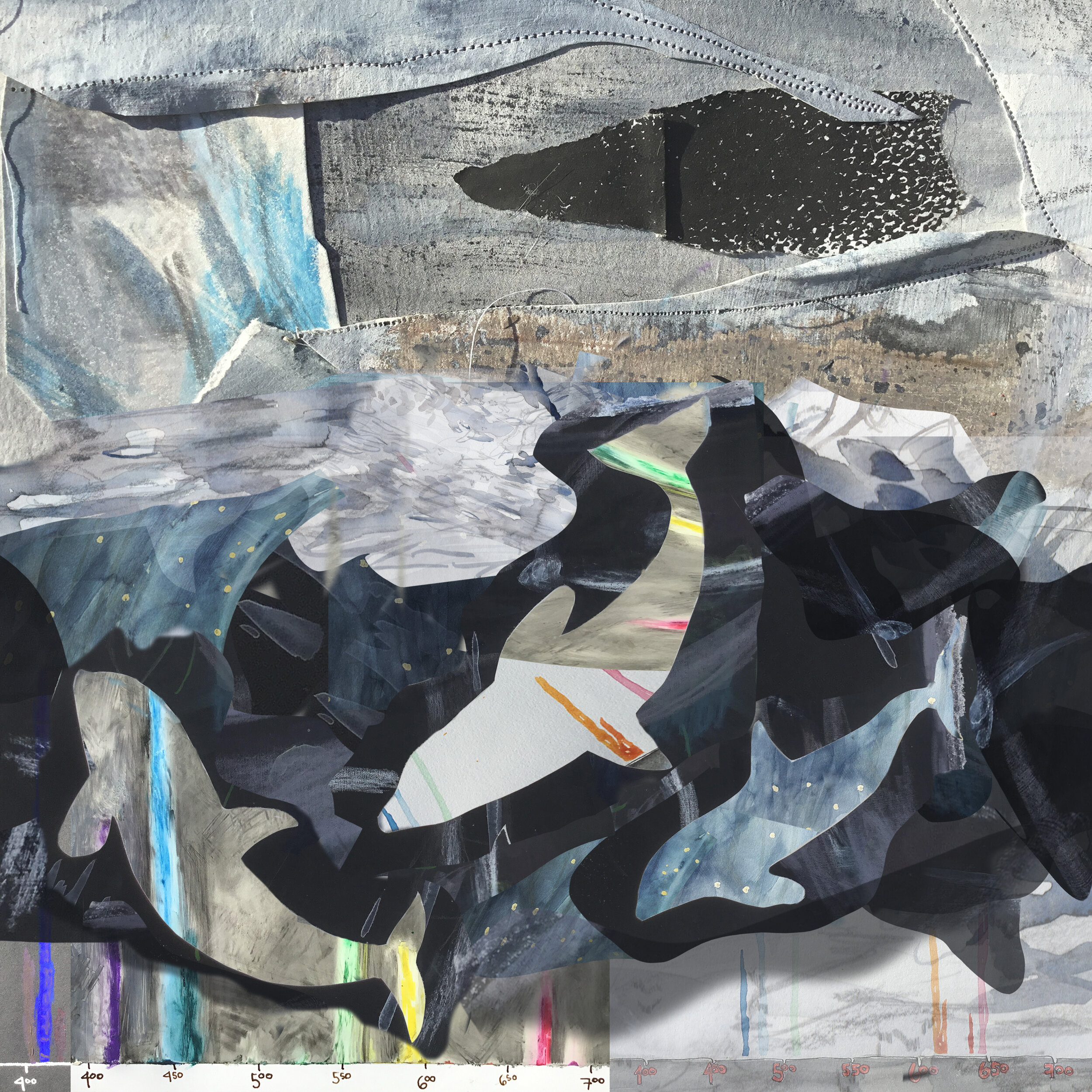
Orca and Salmon Conservation
Presented by Artist, Jeanne Dodds
"Orca and salmon are deeply interwoven with identities of culture and place in the Pacific Northwest. Their extinction will unequivocally damage a system, permanently diminishing human relationship to place. I propose that we compose not the final chapter in the story of these species, but instead embrace with open-eyed clarity the difficult but attainable changes needed for the recovery of these species. By understanding and acting with awareness that these changes are wholly possible, together we can create southern resident orca and Chinook salmon co-recovery.”-Jeanne Dodds
WHY ARE ORCA AND SALMON IMPORTANT?
Dramatic, glacially carved waterways frame the land and waters of the Salish Sea, a rich ecosystem home to southern resident orca (Orcinus orca). Southern resident orca are unique from other global orca populations, with matrilineal social structures defining subgroups within the J,K, and L pods. Southern resident orca utilize unique dialects indicative of lineage, vocalizations distinct from visiting transient and offshore orca populations.
Chinook salmon (Oncorhynchus tshawytscha), also known as King salmon, are the largest Pacific salmon. Chinook are anadromous fish, born in freshwater, living out their adult lives journeying up to 1,000 miles in marine water, and returning to the location of their birth to spawn and die. It is thought that salmon identify the waters of their birth by following Earth's magnetic fields, and, once arriving closer to home waters, through the sense of smell. Salmon are broadly ecologically significant, linked to the ecological processes of 137 terrestrial and marine species.
For contemporary Indigenous communities, orca and salmon embody irreplaceable cultural significance as relations and more-than-human family. For non-native Northwest communities, orca and salmon are iconic regional species, deeply tied to regional identity, economy, and tourism.
WHAT ARE THE CHALLENGES FACING ORCA AND SALMON?
Southern resident orca are an endangered species threatened with extinction. Orca endangerment is driven by three linked causes. The first is starvation, a consequence of reduced populations of the orca’s primary prey species, Chinook salmon. Second, orca are impacted by toxins in the Salish Sea and other migratory marine waters. The presence of toxins is amplified near industrialized, urban areas of Puget Sound, where non-source-point pollutants of many types enter waterways, contaminating the sea. Third, southern residents are imperiled by increased vessel presence, which contributes to noise pollution and interferes with the ability of orcas to echolocate for prey. Chinook salmon are, like orca, listed under the Endangered Species Act; they are designated as a threatened species. Chinook are imperiled by the presence of dams in the Great Basin region. The damming of the Columbia and Snake Rivers resulted in losses of suitable spawning habitat as a consequence of massive changes to regional hydrology. Chinook are impacted by climate change, along with the presence of toxins in waterways. Threats to both species are linked and operate in parallel – as do the tactics and strategies identified to support orca and salmon conservation and survival.
WHAT CAN WE DO TO HELP?
Study Orca and Salmon
Understand why the three pods of southern resident orca, J, K, and L pods, are unique among global orca populations.
Read about the three major threats facing southern resident orca:
Lack of prey availability (Chinook salmon are the primary prey species of the southern residents).
Toxins, which bioaccumulate in the bodies of marine species; as apex predators, orca and salmon are particularly vulnerable to toxins.
Vessel noise, which is increasing as the population of Puget Sound grows exponentially; this sound pollution interferes with echolocation, the obligate method used by orca to search for prey.
Read about threats to Chinook salmon survival, including climate change and how warming waters affect salmon survival and ability to spawn.
Understand the links between threats to orca and salmon, and why concurrent conservation of these species is critical to their survival:
How the effects of toxins are multiplied when orca are starving
Why southern resident orca rely on Chinook salmon
How protecting salmon supports orca survival
Read Sandra Pollard’s A Puget Sound Orca in Captivity: The Fight to Bring Lolita Home for historical context about the enduring harm caused by captures of wild southern resident orca, and ongoing efforts to return Lolita/Tokitae/ Sk’aliCh’elh-tenaut to her home and family in the Salish Sea.
Read Cadillac Desert to understand more about the general history and enduring impacts of water shortages and dam construction in the western United States.
Celebrate Orca and Salmon
Celebrate Orca Month, an annual series of events during the month of June, Orca Recovery Day, held annually in October and Salmon Homecoming, with events and educational opportunities year round.
Participate in the upcoming call to artists for visual and textual works on the theme of orca and salmon co-recovery; call details to be announced in late winter, 2021!
Listen to the southern resident orca through the Salish Sea hydrophone network. The network has captured some exceptional calls, available as recordings, and seeks volunteer listeners and others for various projects.
Watch documentary films exploring conservation issues impacting orca and salmon, such as Blackfish, which examines the experience of captive orca, and Dammed to Extinction, about removal of the four dams on the Lower Snake River and why this matters for salmon and orca co-recovery.
Support artists working on the theme of southern resident orca and Chinook salmon conservation by purchasing art works, attending and supporting the creation of artist-led events, and hiring artists as conservation project collaborators.
Visit one of the viewing sites on the Whale Trail for the opportunity to see southern resident orca and other wildlife.
Protect Orca and Salmon
Advocate for a strong, robust, and adequately funded Endangered Species Act for orca, salmon, and all our irreplicable wildlife and plants.
Vote! Engage with local and national decision-makers around issues impacting species conservation. Your voice matters and will make a difference for wildlife and wild places.
Support Lummi Nation in their powerful and urgent work to bring Sk’aliCh’elh-tenaut (Tokitae/Lolita) home. Sk’aliCh’elh-tenaut was stolen from the Salish Sea in 1970, taken from her L-Pod family to the Miami Seaquarium where she has endured 50 years of captivity. Visit Sacred Sea to learn more and become involved.
Become a volunteer activist with the Endangered Species Coalition, which organizes a southern resident orca campaign and advocates for Lower Snake River Dam removal for Chinook salmon and southern resident orca co-recovery via Snake River Savers. ESC also hosts the Stop Extinction Challenge each August, providing individuals with training and support to schedule conservation advocacy meetings with federal senators and representatives.
Join local organizations working on salmon and orca conservation. Several groups doing excellent work include Orca Network, a resource for advocacy, education, cetacean sightings and more; and PugetSoundkeeper, working to protect the health of Puget Sound by preventing toxins from entering waterways and by restoring polluted sites. Orca Salmon Alliance features many of the reputable groups working for the conservation of orca and salmon.
Take action for the health of orca, salmon and the Salish Sea by supporting efforts to ban harmful chemicals and reduce plastic pollution in the marine environment.
Learn more about and become involved with conservation projects which connect biodiversity loss and Environmental Justice. Prioritize and support Indigenous-led conservation projects.
Artworks by Jeanne Dodds

